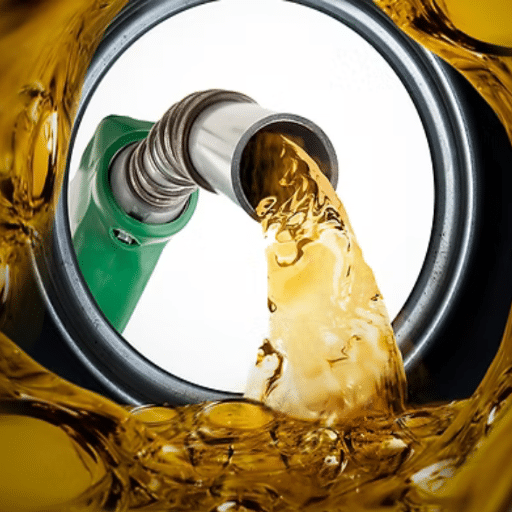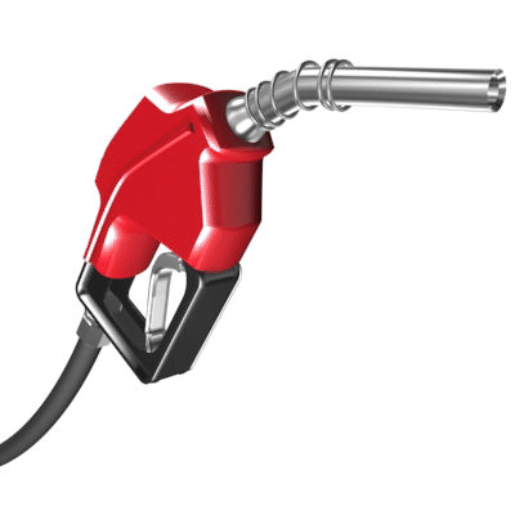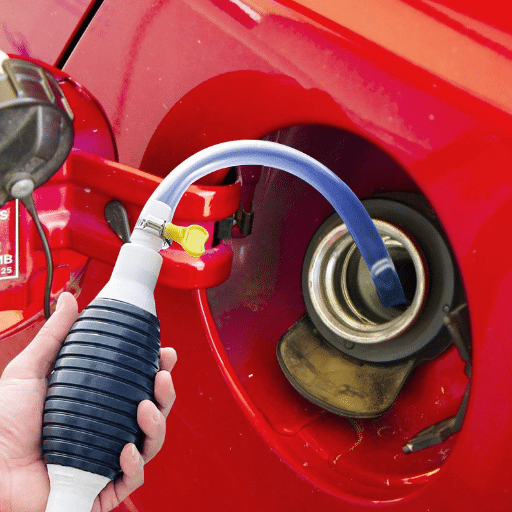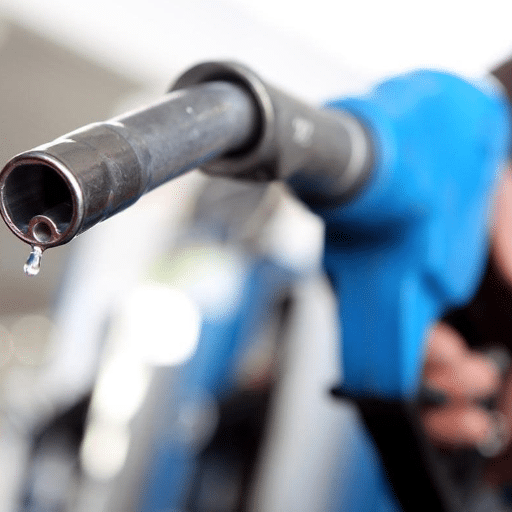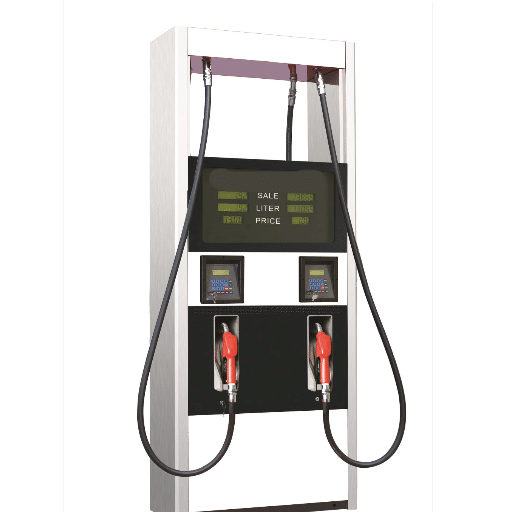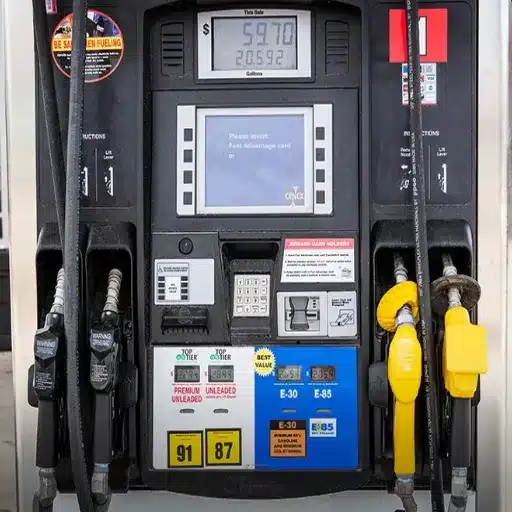Have you ever thought about the reason why gas pumps stop automatically when you’re fueling your vehicle at the gas station? What appears to be a simple operation is indeed the result of a very precise and complex mechanism, primarily meant for safety and efficiency. A combination of physics and engineering is working behind the scenes perfectly from the time you pull the trigger on the nozzle until the pump shuts off with a click. This article will take a look at the gas pump mechanisms, answering the prevalent question as to how and why they cease when the gas tank is full. You will end up with a better sympathy for the technology that makes car refilling and the safety precautions that are in place for a good fueling experience.
How Gas Pumps Function
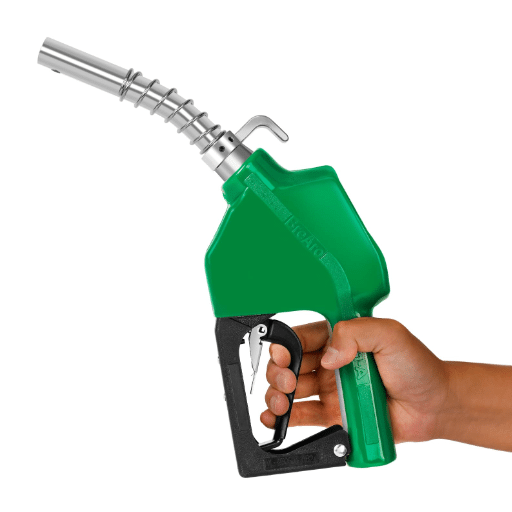
The operation of gas pumps involves a mix of mechanical and electronic systems, which are built to supply fuel safely and efficiently. Once you pick up the nozzle and start the fuel dispensing, an underground tank pump located at the station pushes the gasoline through a pipe and into your car’s tank. For monitoring the fuel flow is a small venturi tube is located in the nozzle, which also senses the changes in air pressure during tank filling.
When the fuel gets to the top of the nozzle, it shuts off the air pathway, thereby causing a pressure drop that activates the automatic shutoff mechanism. As a result, the tank is not allowed to overfill, and spills are avoided. Additionally, modern gas pumps are equipped with electronic sensors and safety measures to guarantee accurate delivery and to abort any hazardous situations that might occur. Each time you stop for a fuel refill, this system is on duty, delivering to you a combination of convenience, precision, and safety.
The Role of the Nozzle in Fuel Dispensation
The modern fuel nozzle is an extremely highly engineered and meticulously thought-out part, with the main goal of ensuring not only efficient but also safe and accurate fuel dispensation. These nozzles come with regulators that control the flow rate, thus allowing the delivery of fuel consistently. The delivery rates for standard vehicles are usually between 6 and 10 gallons per minute, and for commercial use, such as refueling at truck stops, the rates are even higher. Alongside their excellent performance, the advanced nozzles also contain vapor recovery systems, which are mainly to prevent pollution by capturing gasoline vapors and stopping them from getting into the air—this is particularly significant when it comes to cutting down the emissions of volatile organic compounds (VOC), which are a major factor in air pollution.
Moreover, nozzle manufacturing materials like aluminum or stainless steel maintain the nozzle life at the expense of fuel and additives’ corrosiveness. The nozzle’s spout design uses precision engineering to create a fit for different car fuel tank inlets, thus making it more compatible and user-friendly. One more important feature is the anti-drip valve, which stops the leak of leftover fuel after the filling process is done and thus increasing the safety and preventing the potential dangers. So by putting together mechanical, electronic, and eco-friendly measures, modern fuel nozzles have become a very advanced and innovative fusion of engineering and innovation in fuel dispensing systems.
Understanding the Automatic Shut-off Mechanism
The auto shut-off feature in current petrol nozzles aims to stop fuel from overflowing during the refueling process. The operation of this system is based on a tiny venturi tube inside the nozzle that produces a vacuum as the fuel passes through. Whenever the fuel in the tank goes up and covers the nozzle’s spout opening, the airflow into the venturi tube gets blocked, and this leads to a pressure change that causes a diaphragm to collapse, and eventually the flow of fuel is stopped. This very advanced mechanism makes sure that the delivery of fuel is exactly as needed without any human intervention, hence, no spillage, high safety standards, and increased efficiency in the dispensing of fuel.
How the Fuel Pump Knows When to Stop
The mechanism of automatic shut-off at fuel pumps is based on a combination of fluid dynamics and mechanical engineering principles. The main part of the system is the interplay between air pressure, fluid flow, and the venturi effect. The upward movement of the fuel in the tank near the nozzle tip results in a blockage or sealing around the nozzle opening, preventing air from the ambient atmosphere from entering the venturi tube. The obstruction alters the pressure in the system, thereby producing a vacuum that causes a diaphragm to collapse in the nozzle assembly. This collapse of the diaphragm acts as a signal to the mechanical valve to close, thus cutting off the flow of fuel immediately.
The data speaks of the efficiency of the mechanism as a whole, with most modern pumps attaining a very low precision shut-off margin of error, i.e., ±0.5% in fact. This feature allows the system to be equally effective in tanks of different designs and sizes, thus catering to a wide range of fuel capacities from small cars (about 12 gallons) to heavy trucks (up to 50 gallons). Sealing systems are also tuned to work together with flow rates that are typically from 10 to 15 gallons per minute, hence optimizing the time taken for refueling and at the same time reducing the chance of spills.
Different safety and efficiency factors are making the adoption and perfection of these systems come about. The prevention of fuel spillage lowered the environmental risk due to VOC (Volatile Organic Compounds) emissions and consequently fire hazards at refueling stations. Moreover, it conformed to the strictest industry regulations like the UL (Underwriters Laboratories) framework, which not only assures accuracy but also the safety of the operation of fuel pumps all over the world.
Why Do Gas Pumps Automatically Shut Off?
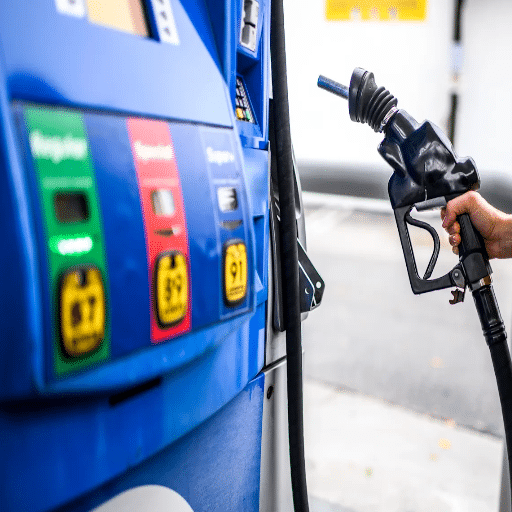
The automated gas pump function cuts off fuel supply when a vehicle’s tank is full to avoid overflow. A nozzle sensor that is integrated detects air pressure variations. The vent tube in the nozzle gets blocked by the rising fuel when the tank is full, and this is what triggers a device that stops the fuel flow. It is a measure that guarantees safety by preventing spillage and wasting fuel.
Preventing Overfill: How Pumps Know When to Stop
Gas pumps integrate techniques of physics along with mechanical engineering to limit the flow of liquid to the desired amount. A Venturi tube and a small sensing hole that operate pneumatically are parts of the nozzle. Air and fuel vapors leaving the tank through the sensing hole create the equilibrium of pressure when the fuel flows into the tank. When the fuel level goes up and the sensing hole gets covered, the pressure drop activates the nozzle’s switching off device. This device is an automatic and instant mechanical shut-off that stops the movement of gasoline. The configuration is not only effective but also vital from the standpoint of safety – it avoids incidents of spillage, reduces contamination of the surroundings, and lowers the likelihood of accidents caused by overfilling.
Safety Features of Modern Fuel Pumps
As a whole, modern fuel pumps come with a multitude of advanced safety features that keep the operation safe and efficient, and at the same time, the hazards to the environment and users are minimized. The most important features are the so-called automatic shut-off mechanisms. These shut-off mechanisms take care of the overfilling by detecting changes in pressure and stopping the fuel flow once the tank is almost full. On the other hand, vapor recovery systems are used to absorb the toxic fuel fumes released during the refueling process, thus cutting down on the emissions and the public’s interaction with the volatile organic compounds (VOCs) to a minimum. To add further safety, the process is carried out with the use of anti-static components, which are integrated into the system to counteract the risk of static electricity setting fuel vapors ablaze. Also, to protect the whole operation, many pumps are equipped with emergency shut-off valves that are set off when a situation like a nozzle being forcibly detached occurs; hence, fuel flow is stopped instantly. Furthermore, the pumps are designed to be tamper-proof and housed in such a way that they are not easily accessible for vandalism or unauthorized tampering, thus providing more safety to the operation.
The Function of the Valve in Automatic Shut-off
Valves in automatic shut-off systems are, indeed, important in the management of fuel flow and safety. The valve opens to let the fuel flow through when the refueling process begins and when the trigger of the nozzle is squeezed. The valve, being pressure-sensitive, shuts down instantly after detecting the tank being full, thereby maintaining equilibrium and blocking the fuel from overfilling. This mechanism not only ensures that a constant amount of fuel is supplied to the tank, but also minimizes the hazards related to spillage or overflow. Effective valve operation is the main factor that contributes to the pump’s overall efficiency and its ability to keep to safety standards in the different fueling conditions.
Common Issues with Gas Pump Shut-offs
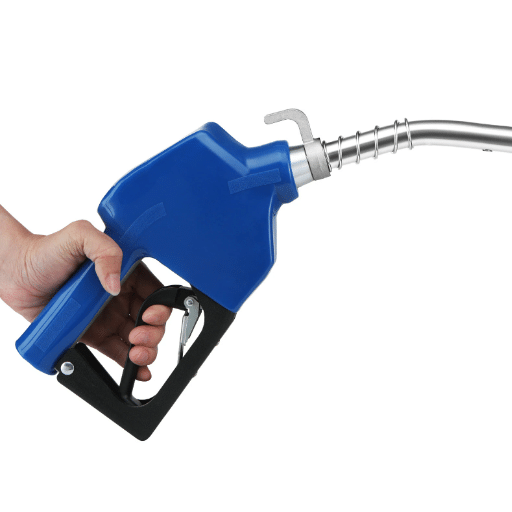
However, the automatic shut-off systems are designed to be reliable, they can occasionally have problems that get in the way of the proper operation. Such problems as dirt and debris that gets into the nozzle or the venturi tube can cause the shut-off mechanism to not work as it should, sometimes even going as far as the failure to shut off entirely or premature triggering. Wearing down parts and mechanical failures can also reduce the efficiency of the shut-off valve leading to the occurrence of irregular or unreliable performance during refueling.
Malfunctions of gas pump shut-offs usually come with symptoms including the nozzle clicking off too soon, fuel flowing too slowly, or the pump not shutting off automatically when the tank is full. To prevent the mentioned problems, the valves, seals, and nozzles should be in good condition and inspected regularly, and cleaning the components of the nozzle at certain intervals will help to remove obstructions and prolong the life of the entire system.
Environmental Considerations and Fuel Pumps
Contemporary fuel pump designs consider environmental impacts through the integration of vapor recovery systems that capture gasoline vapors during refueling, therefore reducing the release of harmful emissions into the atmosphere. These systems are in compliance with strict environmental regulations and help in the reduction of air pollution that is caused by volatile organic compounds (VOCs). Also, current fuel pumps are constructed with materials that do not rust or leak, thus minimizing soil and water contamination risks. The focus on environmental responsibility in fuel pump technology indicates the industry’s commitment to operations that are sustainable and to achieving global environmental protection goals.
How to Ensure Safe Fueling Practices
Monitor Fueling Operations
The fueling process should always be monitored to allow for the rapid resolution of any issues that might arise. Make sure that there are trained people in place to operate the equipment and provide assistance in emergencies.
Utilize Proper Equipment
Minimize the chances of spillage and vapor release by using certified fueling equipment, for instance, automatic shut-off valves and vapor recovery systems. To avoid breakdowns, conduct regular inspections and maintenance of these systems.
Adopt Environmental Safeguards
Apply drip pans and absorbent materials that are part of the spill containment measures to prevent contamination of the environment. As a matter of fact, the spill kits should be available at all fueling locations without any delay.
Follow Safety Guidelines
Put into practice safety measures that have been accepted universally, like switching off engines and refraining from smoking during fueling operations; thereby, eventually reducing the risk of fire. These precautions may be further enforced by the presence of clear warning signs in the vicinity of the fueling sites.
Conduct Regular Training
Periodic training sessions should be conducted for all workers concerning safe fueling practices, emergency procedures, and the right way to operate machinery. This is a guarantee that the safety protocols will be followed consistently.
If organizations adopt these measures, they will not only ensure safe fueling operations but also remain compliant with regulations and protect the environment.
Understanding the Importance of Proper Maintenance
Industry professionals contend that maintaining equipment properly is paramount for safety, reliability, and efficiency in the workplace. Regular maintenance not only prevents unexpected failures but also minimizes the amount of time the equipment is out of service and increases its operational life. The International Facility Management Association (IFMA) reports that predictive and preventative maintenance strategies can cut costs up to 30% when compared with reactive maintenance. These maintenance practices guarantee that the problems, if any, are detected and solved before they grow into costly downtimes or big repairs.
Moreover, the use of predictive maintenance technologies like IoT sensors and machine learning algorithms has really advanced, taking accuracy and early detection of component wear or anomalies to newer heights. For example, a research study revealed that the companies that went for predictive maintenance saw a 25% drop in their maintenance costs, along with an up to 20% rise in overall asset availability. The mixture of traditional maintenance and modern technology does not only complies with standards but also ensures productivity and operational resilience in the long run.
Incorporating maintenance strategies in organizational policies should also consist of planned audits, effective record-keeping, and quick training of workers. This all-encompassing method guarantees that the systems are always at their best and thus contribute to both high profits and eco-friendliness.
The Importance of Understanding Gas Pumps
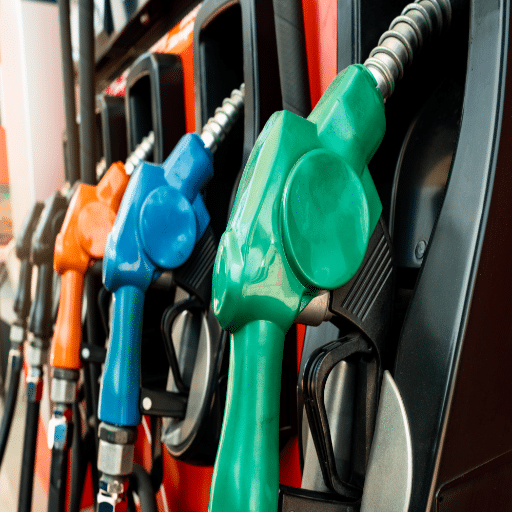
Gas pumps are very important parts of the fueling system and are used for the safe and efficient transfer of fuel into cars. Recognizing how gas pumps work is very important for safety purposes, leak prevention, and meeting the requirements of the authorities. These machines use very careful mechanisms to measure the amount of fuel delivered correctly, cut off the flow automatically when the tank is full, and meet the environmental requirements by reducing vapor emissions. Knowledge about their operation and upkeep can lead to a decrease in operational costs and an increase in the reliability of the pumps during the period of usage.
Benefits of Knowing How Your Gas Pump Works
Being comprehensively informed about the gas pump operations brings along several important benefits. To begin with, it increases productivity by users being able to rapidly diagnose and fix machinery like nozzle defects and pump inaccuracies, thus reducing the amount of time that a pump will remain inoperative. Furthermore, it helps in meeting the requirements of the law with regard to the environment by taking good care of the vapor recovery systems, which in turn, lessens the release of dangerous emissions and, thus, also the risks of the company being sued. Moreover, the experience with gas pump mechanisms may produce cost savings due to the control of fuel not being spent or overflowing, as these situations may otherwise lead to loss of money. Lastly, this knowledge encourages safer refueling practices, thus eliminating the chances of accidents occurring due to static electricity, spills, or mishandling of equipment.
Future Innovations in Fuel Pump Technology
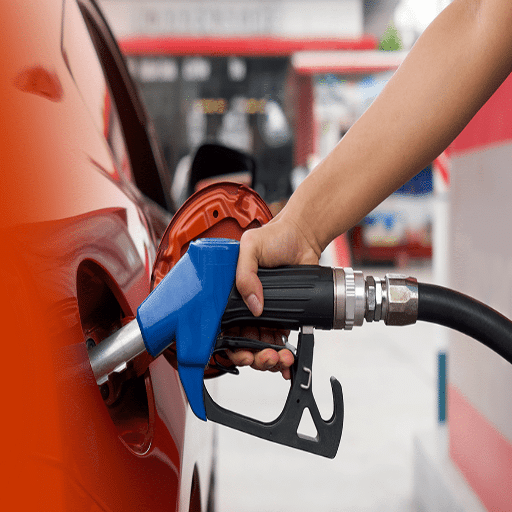
The very idea of the future fuel pump technology encompasses the integration of automation and advanced IoT systems, which are to be the main cause of innovation. In my opinion, the use of smart sensors together with real-time monitoring will raise the reliability bar as these systems will be able to sort out problems beforehand by simply detecting them. The same will also be the case with the use of contactless payment methods and the development of AI-driven interfaces, which will further facilitate the customer’s refueling process, thus creating a more pleasant user experience. Lastly, the transition of the oil sector to non-polluting sources would definitely set the pace for the introduction of new technologies in hydrogen and electric fueling infrastructure that is to completely transform the old notion of fuel pumps suiting and thus making it possible for the creation of eco-friendly, efficient mobility systems.
Final Thoughts on Gas Pump Safety Features
Gas pump safety is a complex issue made up of different aspects that are critical to the protection of both users and the efficiency of operations. Amongst the modern safety technologies that are being used today are emergency shut-off valves, leak detection systems, and overfill protection devices, which all work towards eliminating the risks that are associated with the dispensing of fuel. Moreover, the sophisticated fuel monitoring systems plus the regular inspections are the things that are done to spot the possible hazards before they develop into very serious incidents. Grounding mechanisms and the correct use of anti-static measures are the main components that are integrated into gas station operations to help eliminate static discharge-related accidents.
The solutions of secure payment terminals, along with encryption protocols, as the development of the cyber threat, have the possibility of protecting customer data during transactions; thus, the crucial role of incorporating security in the system cannot be overemphasized. The usage of IoT technology and real-time data analytics not only brings about the mounting of safety but also the provision of immediate alerts on equipment malfunctions, which is another aspect of predictive maintenance. These features together highlight the commitment of the industry to the combination of innovation with strict safety standards, ensuring that all users are secure and have a seamless experience, no matter what.
Reference Sources
“Automatic Vehicle Fueling System using PLC Controlled Robotic Arm”
“Cavitation Treatment of High-Viscosity Marine Fuels”
“Extending EV Range with Direct Methanol Fuel Cells”
Frequently Asked Questions (FAQs)
How Does a Gas Pump Know When to Stop?
The gas pump is equipped with an automatic shut-off mechanism that enables it to know when to stop the dispensing of gas. The system is responsible for identifying the moment when the fuel level in the tank has reached a predetermined height. Once the tank is full, the gas pump automatically halts the gas flow through the nozzle, thus avoiding overflow and spillage.
What Happens When the Fuel Level Rises?
The increase in the fuel level in the tank acts as a catalyst to the gas pump nozzle’s reaction. The fuel flows through a venturi tube located inside the nozzle, resulting in a pressure difference being created. When the tank is not full and the level goes up, the air gets back through the nozzle, which tells the automatic shut-off system to get into action and cut off the gas flow.
How Do Automatic Fuel Nozzles Work?
The operation of automatic fuel nozzles involves a venturi, which is a thin pipe. In this part of the pipe, the fuel flows and pressure drops accordingly. The air is pushed back through the nozzle when the tank is full and the fuel level has reached the top of the tank, which causes the nozzle handle to switch off the gas pump automatically, thus making efficient fueling possible.
What Should You Do If the Pump Doesn’t Shut Off?
If the automatic shut-off of your gas pump does not take place, it may be a result of faulty solenoid valves or clogged fill tube. It is essential to stop the flow of gas immediately and alert the gas station operator to take necessary measures, since non-stop pumping could lead to the tank overfilling.
Can You Keep Clicking the Pump Handle?
After the automatic switch-off has taken place, you should not continue pressing the pump handle. Such behavior can bring about fuel backing and consequently, spills or leaks might occur. It is wise to allow the gas pump nozzle to release automatically before you make another attempt to fill your tank.
Why Do Gas Pumps Shut Off When the Tank is Full?
To avoid overfilling and overflow, the gas pumps are set to stop automatically when the tank is full. This is accomplished through a very clever design that incorporates solenoid valves and a venturi tube. A rise in the fuel level in the tank causes a shift in air pressure that activates the gas flow stoppage of the pump.
How Can You Ensure Efficient Fueling?
In order to obtain efficient fueling, make it a point to let the gas pump nozzle turn off on its own when the tank is full. It is unadvisable to top up your tank as this can cause fuel backs and thus unnecessary spillage. Moreover, it is always good to monitor the fuel level and listen for the clicking sound of the nozzle handle which signifies that the pump has been turned off.
What Is the Role of the Gas Nozzle in Stopping Fuel Flow?
The gas nozzle is a key player in interrupting the flow of fuel. It has a built-in system that can tell when the fuel level goes up and it sets off the automatic shut-off. The nozzle, making use of a small pipe that is called a venturi, can very well detect the pressure changes, prompting it to eventually halt the gas pumping when required.

